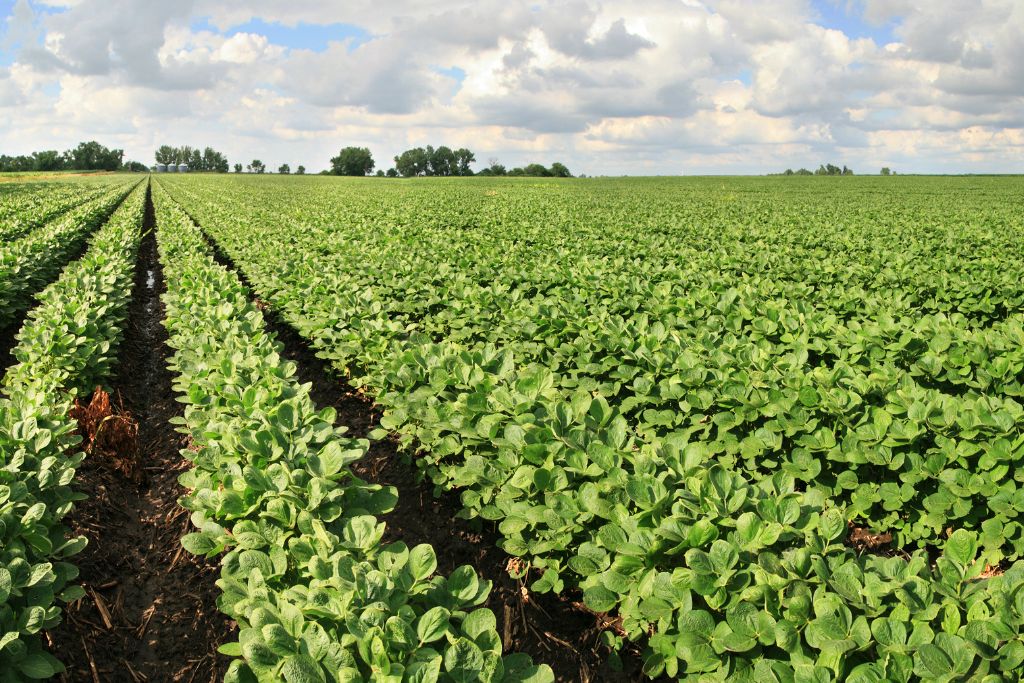Food crops, particularly legumes like beans and lentils, have the potential to enhance soil health and reduce reliance on synthetic fertilizers by converting atmospheric nitrogen into usable nutrients. Ongoing scientific research aims to optimize this process, offering a sustainable solution to address hunger and environmental challenges while preserving our planet.
—
Food crops are often seen as fuel for the body, but they provide vital nutrients to more than just people and animals. Some, like legumes, such as beans, peas and lentils, also enrich soils with nitrogen, one of the essential elements for all living things, in a circular relationship that benefits both plants and soil. Growing legumes in combination with other types of crops can also improve the ability of soil to store carbon, which helps reduce emissions.
Scientific understanding about how to optimise the nitrogen contributions of legumes in soils is increasing, offering opportunities to simultaneously improve legume cultivation, restore degraded land, and reduce the reliance on nitrogen fertilisers. Doing so would sustainably increase agriculture’s ability to nourish both people and planet.
The potential for legume crops to improve soil health as well as diets comes down to their ability to interact with soil bacteria, which convert nitrogen from the atmosphere into a form useable by plants. While some of this nitrogen is used to support the growth of the legume plant and ends up in the seeds, the rest is left in the field as residual nitrogen to benefit other crops.
Legume residues have higher nitrogen levels than cereals, increasing the amount stored in the soil. Faba beans, for example, can convert up to 300kg of nitrogen per hectare, and can leave more than 100kg of nitrogen behind in the crop residues after harvest. This provides a biological source of valuable nutrients for the next crop – regardless of which crop it is – and therefore reduces the need for synthetic nitrogen fertiliser.
Scientists like myself, including those at the Enabling Nutrient Symbioses in Agriculture (ENSA) project, are researching ways to maximise the ability of legume plants to “fix” nitrogen, including in environments that generally reduce the process of nitrogen fixation. We are doing this by studying how legumes naturally limit nitrogen fixation, as well as how environmental factors contribute to the process. With more research, we are aiming to develop legumes that consistently fix high levels of nitrogen, resulting in improved soil nitrogen levels and productivity for all crops, especially in harsh growing conditions.
More efficient nitrogen fixation may also increase plant growth due to the increased nutrient availability, potentially providing higher yielding crops for people. This would allow farmers to produce more food on the same amount of land, even in adverse conditions, and reduce the need to convert virgin land to agriculture.
In parallel, scientists are studying different ways to enable non-legume crops, such as cereals and tubers, to also interact with soil microbes to maximise nutrient uptake. This includes efforts to establish a mechanism within cereals to control nitrogen fixation on the root surface, as well as creating a similar function to that which legumes use to convert nitrogen.
We already know that almost all plants have the ability to interact with soil fungi, called arbuscular mycorrhizae, to source nutrients and water. Research teams are exploring whether the commonalities between this mechanism and nitrogen fixation in legumes could be used as the basis to engineer the transfer of nitrogen fixation to a wider range of crops to expand the benefits to ecosystems and communities.
As the world grapples with growing hunger crises and environmental challenges, we are at the early stages of exploring whether a vital solution may well lie in the very biology of our food crops.
If scientific advances in crop science and plant biotechnology continue in the years and decades ahead, we may eventually be able to enhance this at the source, one day solving the age-old dilemma of how to feed the world without destroying the planet.
More on the topic: LEGUMINOSE – How EU-Funded ‘Living Labs’ Give Farmers a Chance to Develop and Adopt Sustainable Agricultural Practices



















